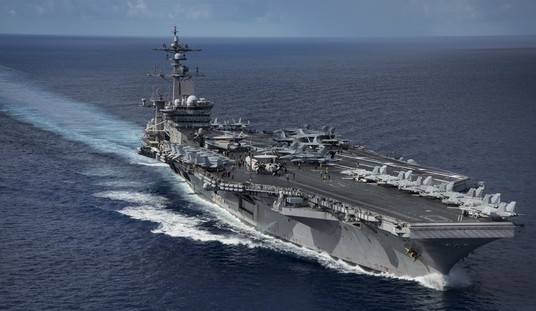
This past weekend, the New York Times put out a piece about U.S escalation in the cyber war with Russia. The Times not only relied on leaks of what has to be highly classified information, but appeared to also take a shot at President Trump, claiming that longtime professionals in the military were reluctant to keep the President informed about matters he has every right and need to know. You can read the whole thing here.
My colleague Elizabeth Vaughn wrote an excellent piece regarding the Times’ poor excuse for journalism, calling out the leaks of classified information, but more importantly, anonymous claims that critical information was being withheld from President Trump. In her words
Even though USCC acted legally and the move certainly boosts U.S. national security, if the article is correct, it’s disturbing that Trump was not briefed.
The most important reason, and also the most obvious, is that he is the Commander-in-Chief of the armed forces of the United States. He is responsible for making all of the decisions in the event of a nuclear escalation and he must be kept aware of exactly what our capabilities are.
Secondly, if it is known that a President’s underlings feel free to make consequential decisions without consulting him, he appears weak. And as much as that fills liberal hearts with glee, it hurts America.
I agree with my colleague, especially the part about the New York Times spinning this story. However, there is likely another reason that President Trump wasn’t briefed on each operation. He didn’t want to be. The New York Times writers — and for sure most leftists — would be unfamiliar with how Senior Commanders and successful CEO’s operate. Such people surround themselves with competent people and give them guidance and boundaries to work within.
Such leaders don’t require subordinates to come running to them for permission to handle routine tasks already delineated in their mission orders. In fact, if a subordinate needs too much additional guidance, he is replaced fairly quickly. Once an operation is put in place, the only reason to directly inform the President would be if some contemplated action was outside the scope already authorized or a particular action had generated a result (good or bad) that might require Presidential intervention, decision and/or rethinking the entire project.
I can’t speak for the Senior Executive Service (SES) civilians in the Pentagon. However, the folks in uniform tend to believe the old adage, “Bad news doesn’t get better with age.” I find it highly unlikely that the Green Suiters are deliberately hiding operations from the President. I find it far more credible that President Trump’s CEO management style fits right in with the way a Military General Staff and subordinate commands work.
The New York Times likely cannot understand this. Like most on the left (and more than a few on the right) they look at everything through a political lens. Before a decision is made, it must be polled and focus-grouped. Often, even very minor decisions are withheld to the highest level.
On the other hand, CEO’s and Military Officers don’t have time for that. These high-functioning leaders recruit and train capable subordinates, give them mission-type orders and then get the hell out of the way. My take is that the New York Times can’t recognize a well-organized operation, because it has likely never experienced one and so, is spinning by means of unsubstantiated rumor and innuendo.
Mike Ford, a retired Infantry Officer, writes on Military, Foreign Affairs and occasionally dabbles in Political and Economic matters.
Follow him on Twitter: @MikeFor10394583
You can find his other Red State work here.














Join the conversation as a VIP Member